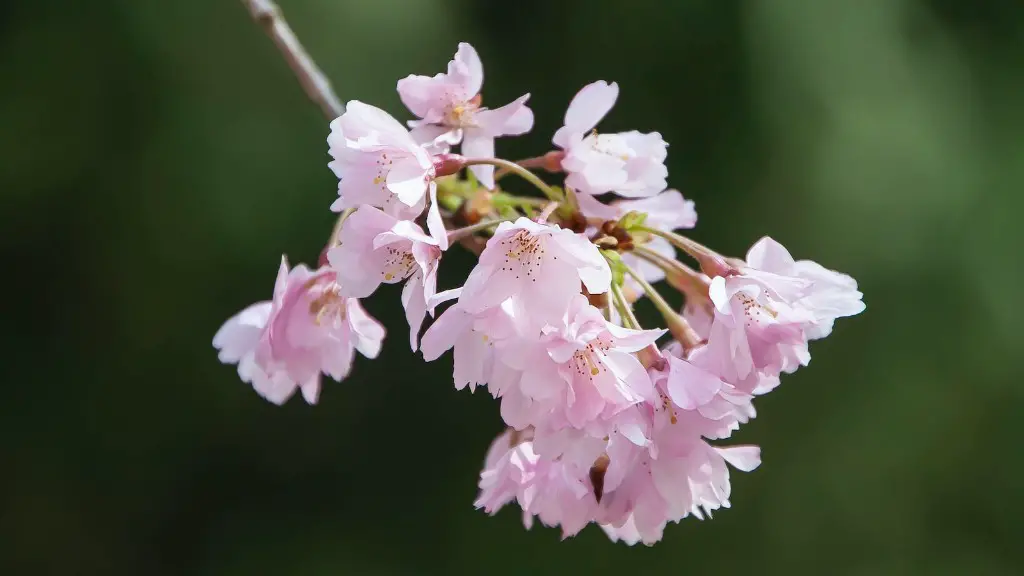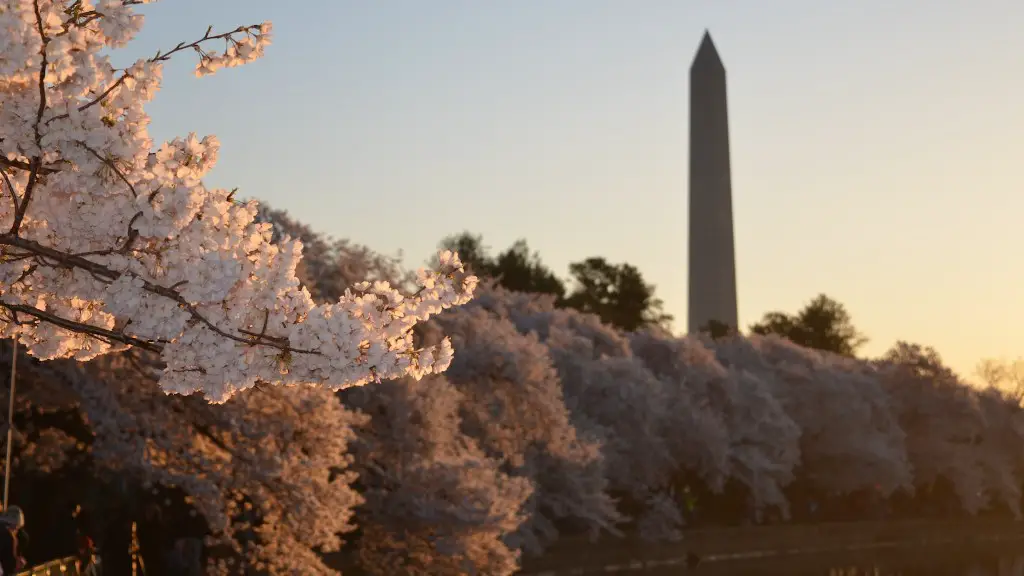the basics of growing cherry trees from branches
Cherry trees are a beloved fruit-bearing tree for many gardeners, prized for their ornamental blooms and delicious fruits. While many people buy saplings from nurseries or mail-order catalogs, for those with a bit of gardening experience, it’s possible to grow your own cherry trees from branch cuttings.
When done correctly, a tree will grow from a branch cutting rooted in soil without too much hassle – although there can be some trial and error involved in the process. It’s important to note that the amount of effort and different techniques used depend heavily on the variety of the cherry tree being grown. To get started, some basic gardening equipment such as a shovel, trowel and pruning shears will be needed.
When to harvest branches and when to plant them
A simple time-based guide would be that between late autumn and early spring is the optimal period to take branch cuttings. This is because the branches have typically started to do some ‘resting’ once autumn has come, and the temperature is just starting to dip to a low enough temperature in winter. This assures that the branch so harvested contains enough nutrients for successful rooting once the branch is placed into the soil. Planting of the branch should occur around the same time, when temperatures start to rise a little at the beginning of spring – when frost will still be a threat for some of the trees, but the soil conditions should be damp and warm enough for cuttings to germinate.
Planting the branch to sprout a new chery tree
Once the branch has been properly harvested, the next step is to begin planting the branch directly into the ground. All gardeners first have to pick the right spot – ideally close to the soil, the branch should receive full sun in order to get the warm temperatures needed to grow. Once the spot is chosen and the soil is tilled, the branch can be planted, and the soil should be lightly watered every few days until the shoot has established itself.
Which branches are best to use?
When harvesting the branch, be sure to choose one with 20cm to 30cm long, preferably one that is dark in color. Avoid any white, withered or dead branches – these are unlikely to root and may contain rot or pests instead of nutrients, which would harm the health of the tree. The branch should be clean and free of any bark, and any leaves should be removed as well.
The importance of pollen
A key step in sprouting a cherry tree from a branch is pollination. This is done by brushing the pollen from the stamen of male flowers to the female pistils for fertilization. If you’ve bought a tree variety that requires cross-pollination, you’ll need to find a second source of the same cherry variety nearby.
Taking extra measures to ensure success
Many gardeners take extra measures to ensure that their cuttings will thrive, such as using rooting hormones. These are typically powders or pastes which are applied to the base of the stem in order to increase the number of viable roots. Clinical studies have found that these products can do wonders for stress-induced stunted growth and accelerate rooting processes.
Providing proper care for a newly potted cherry tree
Once the cuttings have been planted, proper care and maintenance is still required, particularly throughout the tree’s first year. Supplemental fertilizers and water should be used as often as necessary to sustain the newly budding tree until it has properly established itself and begun to naturally receive nutrients from the soil. Gardeners intent on getting the best results may opt to test the soil and adjust fertilizer content accordingly.
The importance of proper pruning techniques
Pruning is an important aspect of cherry tree maintenance, and often neglected by gardeners. While it is easy to be tempted to prune a newly grown cherry tree by just taking scissors and trimming off any excess or dead tree parts, this is a huge no-no in cherry tree maintenance. Pruning should be restricted to old shoots and dead branches – to shape and stimulate growth and to ensure that the tree remains balanced.
Understanding optimal soil conditions for cherry trees
The soil for cherry trees should be damp and slightly acidic – preferably with a pH of between 6 and 6.5. High alkalinity can be reduced with a few larger applications of aluminum sulfate or through the use of an acidic fertilizer. Gardeners should also consider adding a layer of mulch or topsoil to conserve moisture and protect the roots from excessive cold.
Being wary of pests and predators
Gardeners should be aware that newly planted cherry trees may come under attack by predators such as birds and squirrels. One way of dealing with this problem is to surround the tree with physical barriers like fences, netting, or even plastic. Additionally, organic pesticides such as the neem oil can be used to ward off insects.
Knowing when to harvest cherries
Cherry trees usually become mature enough to bear fruit within three to five years from the time it was planted from a cutting. Gardeners should be sure to err on the side of caution when harvesting, as over-picking fruit can damage the tree. Starting off with hand-picking a few cherries is one way to make sure that the harvest is done correctly.
Providing overall care and nurturing to the cherry tree
Finally, cherry tree care requires a little bit of extra care and attention. Gardens should avoid activities like over-watering or over-harvesting fruit, both of which can do great harm to the tree. Regularly checking for parasites and pests, providing healthy soil and plenty of shade, and avoiding extreme temperatures are also essential for growth.



